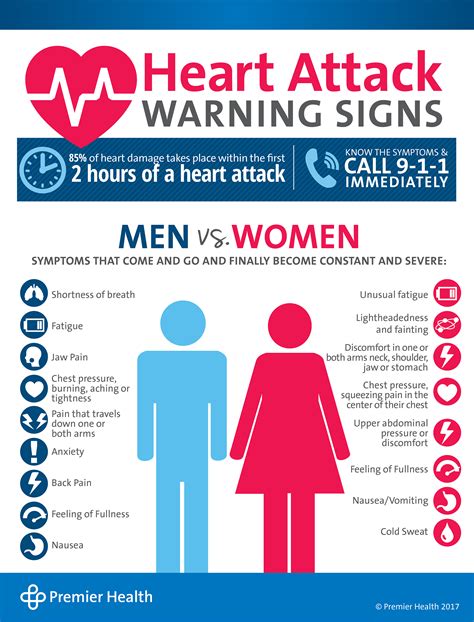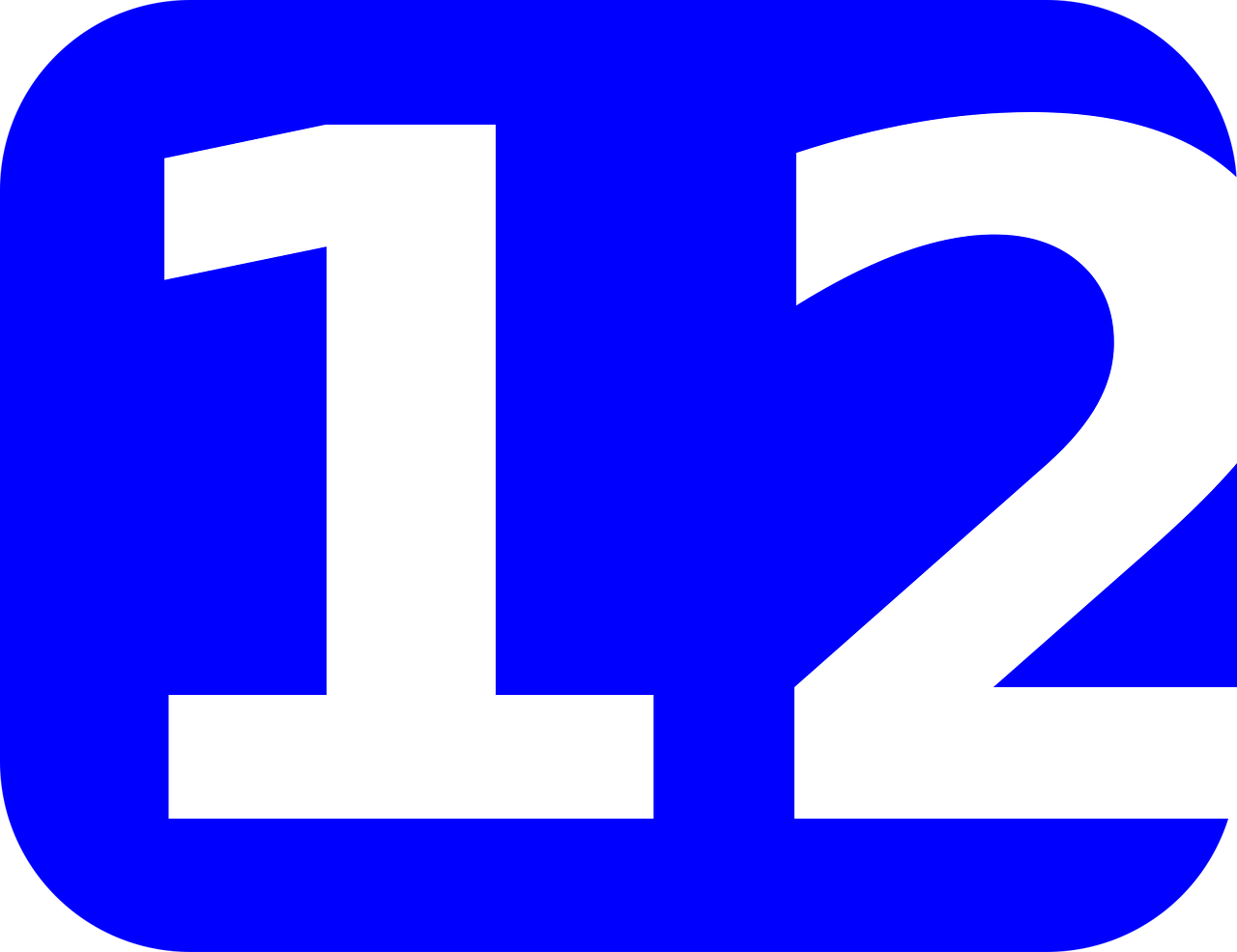The onset of heart attack symptoms in women can be subtle and varied, often differing from the classic chest pain commonly associated with heart attacks in men. Understanding these symptoms is crucial for timely medical intervention, which can significantly improve outcomes. Women are more likely to experience a heart attack without recognizing the warning signs, partly due to the misconception that heart disease primarily affects men. However, heart disease is a leading cause of death for women in the United States, making it essential to be aware of the unique symptoms women may experience.
Early Warning Signs
Before a heart attack, women may experience several early warning signs that can last for weeks, months, or even years before the actual event. These include:
- Chest Discomfort or Pain: While chest pain is a classic symptom of heart attack, women may experience it differently, such as a squeezing, fullness, or pressure in the center of the chest. This discomfort may come and go.
- Pain in Other Parts of the Body: Women are more likely than men to experience pain in areas other than the chest, including the arms, back, neck, jaw, or stomach.
- Shortness of Breath: Feeling winded or having trouble breathing even when at rest or doing light physical activity.
- Fatigue: Unusual or extreme tiredness that doesn’t seem to go away with rest.
- Cold Sweats: Breaking out in cold sweats, even in a cool environment or without exertion.
- Lightheadedness or Dizziness: Feeling faint or dizzy, as if you might pass out.
- Nausea and Vomiting: Experiencing stomach discomfort that feels like indigestion or nausea, leading to vomiting.
- Palpitations: Noticing a rapid or irregular heartbeat.
Immediate Symptoms
At the time of a heart attack, women may experience these symptoms suddenly and without warning. The appearance of these symptoms requires immediate medical attention:
- Severe Chest Pain: A more intense version of the chest discomfort described earlier, which can spread to other areas of the body.
- Severe Shortness of Breath: Sudden difficulty breathing that worsens over time.
- Sudden and Severe Pain: Experiencing abrupt pain in the chest, arm, neck, jaw, or back that doesn’t respond to rest or typical remedies.
Unique Considerations for Women
It’s crucial for women to understand that their experience with heart attacks can differ significantly from what they might have learned about heart attacks in general. For example:
- Menstrual Cycle and Menopause: Hormonal changes during the menstrual cycle or menopause can affect heart health. Estrogen levels drop after menopause, which can increase the risk of heart disease.
- Pregnancy and Postpartum: Women with preexisting heart conditions or those who develop conditions like preeclampsia during pregnancy are at higher risk for heart-related complications.
Action Plan
Given the potential for symptoms to be subtle and varied, it’s vital for women to know what actions to take if they suspect they or someone else is having a heart attack:
- Call Emergency Services Immediately: If experiencing symptoms of a heart attack, call for emergency help right away.
- Stay Calm and Follow Instructions: While waiting for help to arrive, stay as calm as possible and follow any instructions given by emergency operators.
- Provide Information: Share details about symptoms, medical history, and any medications being taken with emergency responders.
- Perform CPR if Trained: If the person is unconscious and not breathing, and you are trained in CPR, begin CPR.
Prevention
Preventing heart disease is key. Lifestyle changes and medical interventions can significantly reduce the risk of heart attacks:
- Regular Check-ups: Regular health check-ups can help identify risk factors early.
- Maintain a Healthy Lifestyle: Eating a balanced diet, being physically active, managing stress, not smoking, and limiting alcohol intake can reduce the risk of heart disease.
- Manage Chronic Conditions: Proper management of conditions like diabetes, high blood pressure, and high cholesterol is critical.
Awareness of the unique symptoms and risk factors associated with heart attacks in women can empower them to take proactive steps towards heart health. Understanding and recognizing these warning signs can lead to earlier intervention and better outcomes for women experiencing heart attacks.
What are the most common symptoms of a heart attack in women?
+The most common symptoms include chest discomfort or pain, shortness of breath, pain in other parts of the body such as the arms, back, neck, jaw, or stomach, and fatigue. Women are also more likely to experience cold sweats, lightheadedness, dizziness, nausea, and vomiting.
How do symptoms of a heart attack in women differ from those in men?
+Women are more likely to experience heart attack symptoms without the classic chest pain, instead having pain in other parts of the body, shortness of breath, and other symptoms like nausea and vomiting. They may also experience symptoms more subtly and over a longer period before the actual heart attack.
What should I do if I think I’m having a heart attack?
+If you suspect you’re having a heart attack, call emergency services immediately. Provide them with as much information as possible about your symptoms, medical history, and medications, and follow any instructions they give you while waiting for help to arrive.



